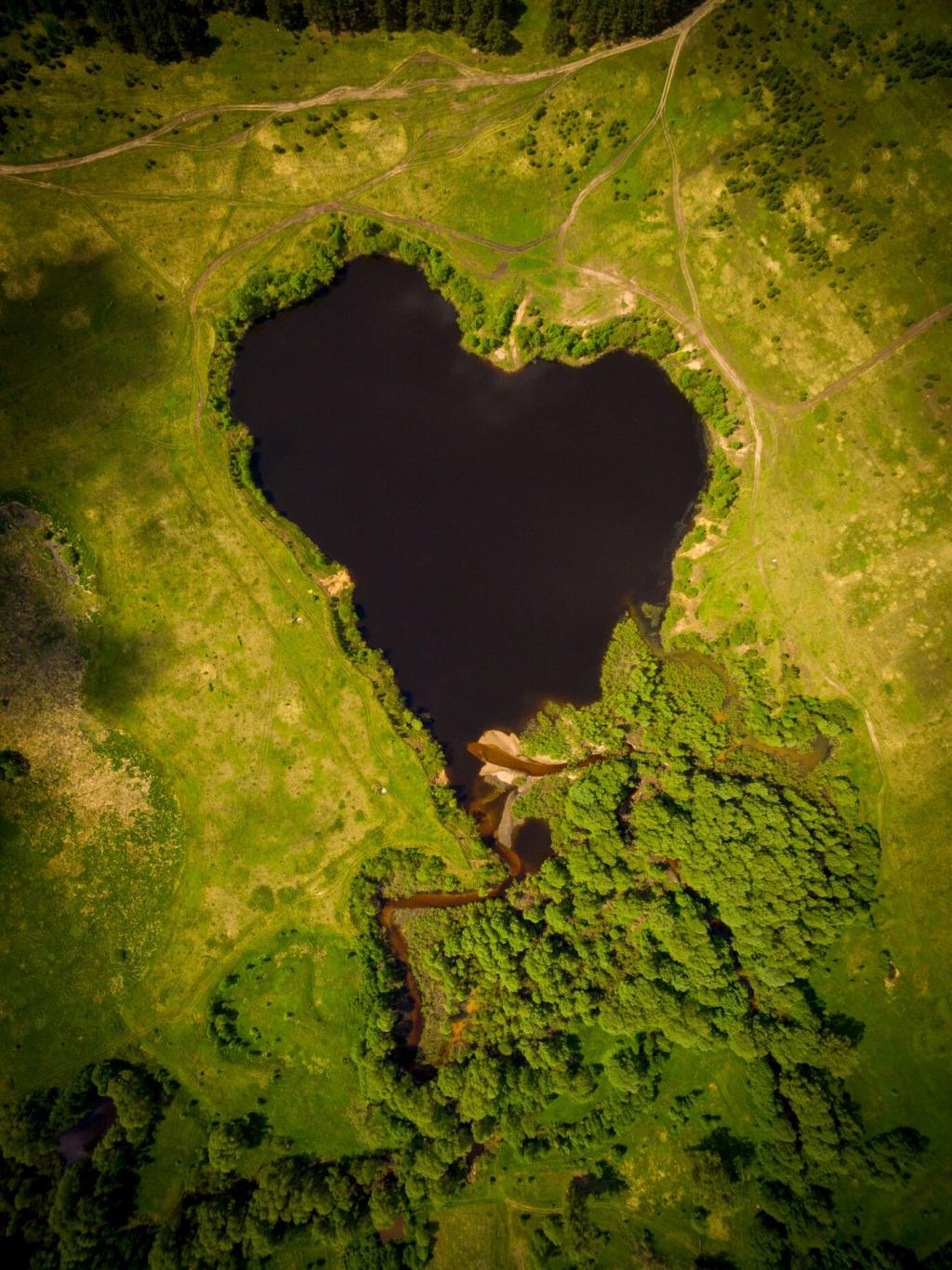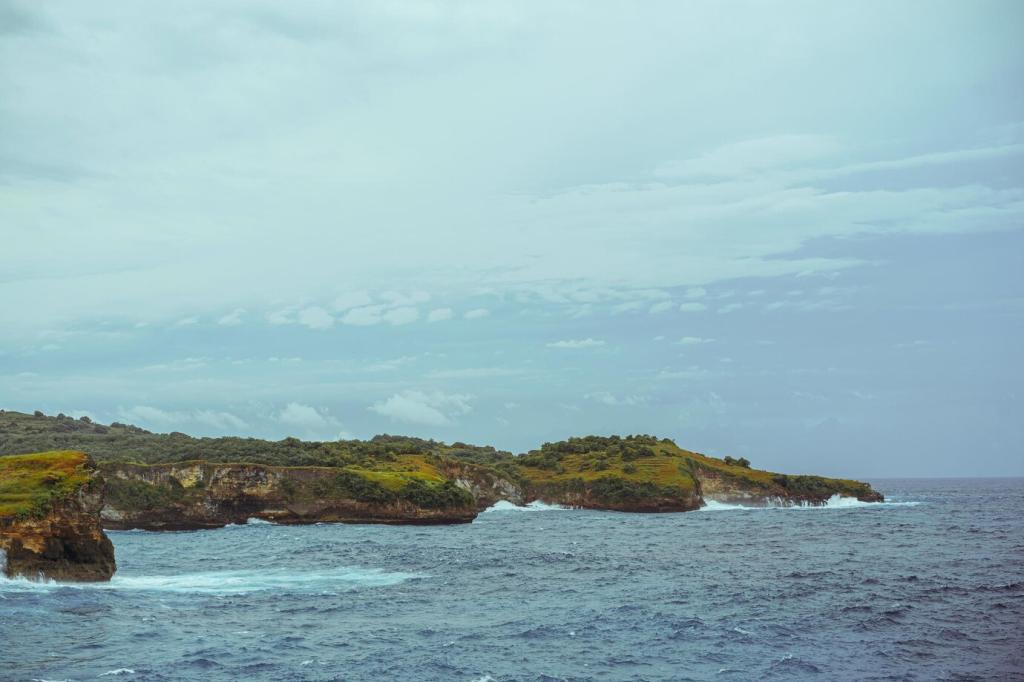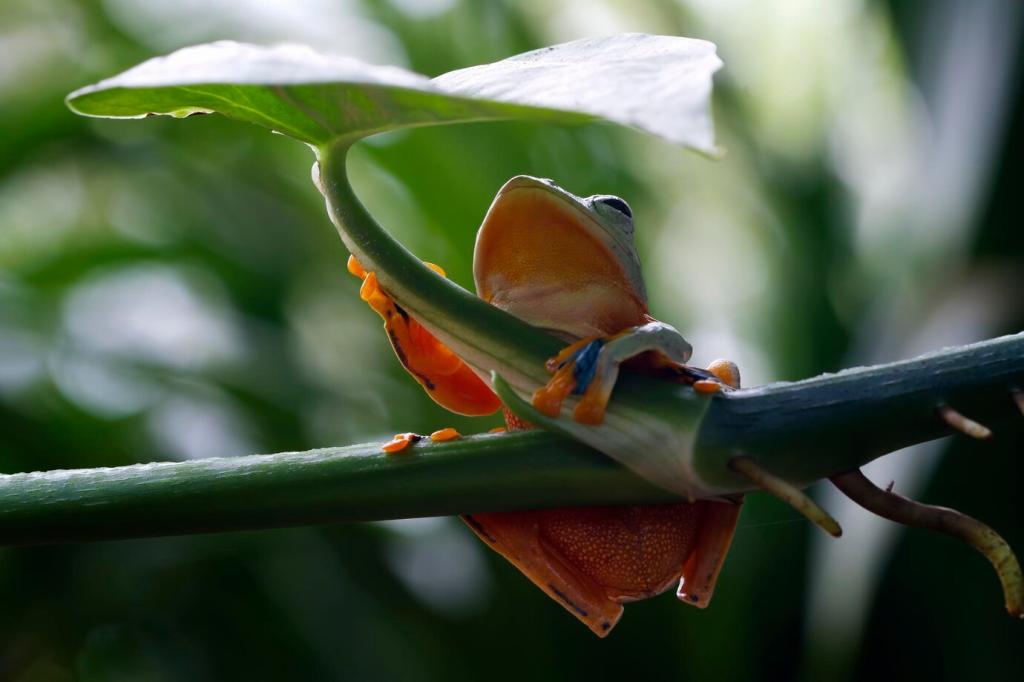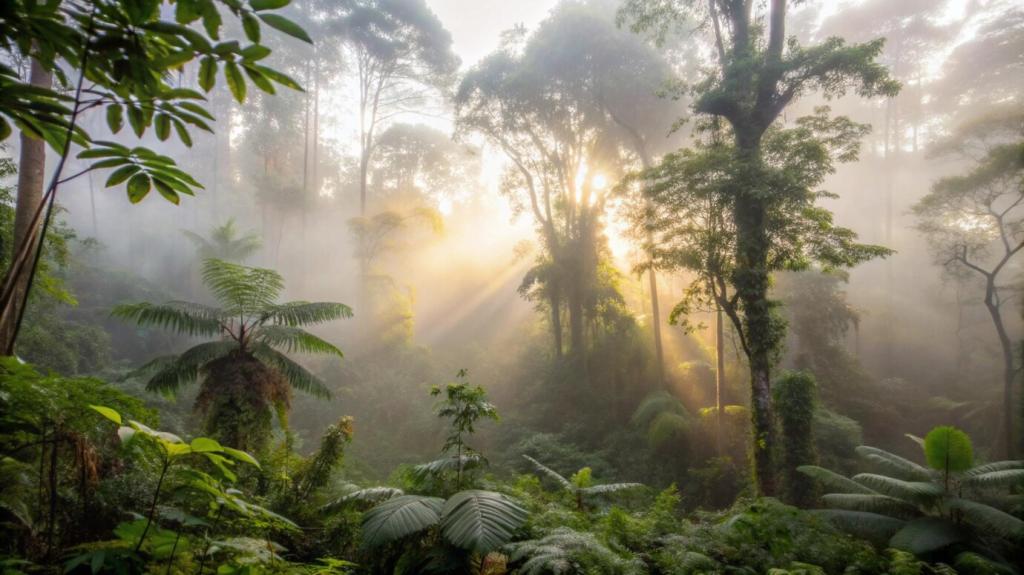Following the Great Journeys: Migratory Patterns in U.S. National Parks
The Four Flyways and the Parks That Anchor Them
Trace the Atlantic flyway past Acadia’s granite headlands, the Mississippi flyway through Hot Springs and Mammoth Cave, the Central flyway over Badlands, and the Pacific flyway skimming Channel Islands and Redwood. Each park offers shelter, food, and safe passage—share your favorite vantage point in the comments.
The Four Flyways and the Parks That Anchor Them
Spring arrives early on the Gulf Coast yet lingers in mountain valleys; snowmelt gates high-country meadows while coastal upwelling schedules seabird feasts. Watch for staggered peaks: a southern surge, a mid-latitude wave, then alpine arrivals. Subscribe for regional timing alerts tailored to your travel plans.
The Four Flyways and the Parks That Anchor Them
A five-minute note on eBird or iNaturalist becomes a pixel in a migration portrait. Parks synthesize volunteer observations with radar and banding data to pinpoint crucial stopovers. Join a BioBlitz, tag your photos with park names, and help guide future habitat protections—then share your tips with fellow readers.
Species on the Move: Iconic Migrants in the Parks
Each spring, elk thread river corridors in Yellowstone while pronghorn stride the Path of the Pronghorn between Grand Teton and distant winter ranges. Fences, snows, and green-up drive their choices. Have you watched a dawn river crossing? Tell us where, and consider supporting corridor conservation.
Ancient Knowledge, Modern Routes
The Western Arctic Caribou Herd traverses river bars and tundra plains that define Kobuk Valley and Gates of the Arctic. Generations of Iñupiat hunters have read winds, tracks, and sky to anticipate movements. Learn from these stories, and add your respectful questions below for future interviews.
Ancient Knowledge, Modern Routes
In Yellowstone country, the hollow bugle of sandhill cranes marks the turning of the year. Elders recount how willow green-up, ice breakup, and crane voices align. Share a seasonal sign from your home park, and subscribe to our series on cultural calendars and wildlife rhythms.



Science Behind the Journeys
GPS collars on elk in Grand Teton trace daily decisions; bands on shorebirds in national seashores document marathon stopovers. Combined with weather radar, these layers expose invisible highways. Curious about methods? Drop your questions for park biologists in the comments, and we’ll feature answers.
Science Behind the Journeys
Sensitive microphones in parks capture faint chip notes from migrants streaming overhead in darkness. Species, altitude, and volume reveal timing and density. You can help analyze calls through community platforms—subscribe for our tutorial series and join a virtual nocturnal migration listening night.
Witness With Care: Ethical Migration Watching
Ridge lookouts, boardwalks, and established pullouts exist for a reason: they protect both habitats and your view. Use a spotting scope instead of approaching wildlife. Share your most respectful viewing moment, and help newcomers learn by example in our comment thread.

Changing Conditions, Shifting Paths
Earlier springs can decouple caterpillar blooms from warbler arrivals in the Smokies; delayed snowmelt reroutes elk in Yellowstone. Tracking these mismatches helps managers time habitat work. Share observations of shifting seasons, and subscribe for our monthly phenology roundup across multiple parks.


Changing Conditions, Shifting Paths
In drier years, wetlands in desert parks shrink and stopovers vanish. Post-fire landscapes can be both barriers and fresh habitat. Tell us how wildfire has changed your favorite migration lookout, and vote on which restoration projects we should cover next.
Plan Your Migration Season Adventure
Pick a Season, Pick a Park: Sample Itineraries
Spring warblers in Great Smoky Mountains National Park, summer seabirds along Acadia’s coast, autumn raptor kettles near Grand Canyon viewpoints, winter whales by Channel Islands. Which route calls you? Comment with your dates, and we’ll suggest likely peaks and community meetups.
Build Your Field Kit and Your Skills
Binoculars fit to your eyes, a weatherproof notebook, offline maps, and a phone-ready checklist app make every hour count. Practice quick sketches and ethical photography. Share your favorite gear under $50, and subscribe for our community-tested gear guide updates.
Join the Conversation: Alerts, Stories, and Shared Maps
Sign up for our migration alert newsletter tailored to regional flyways, contribute observations to our reader map, and tell your most memorable sighting story. Your voice guides future features—comment below with questions we should investigate next season.
